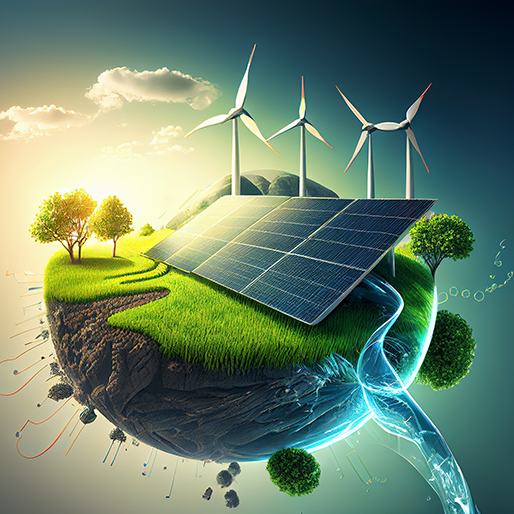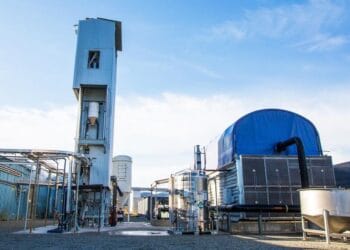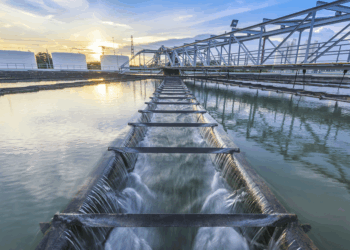For generations, our civilization has been powered by the ghosts of prehistoric life, burning fossil fuels to illuminate our cities and drive our industries. This reliance has fueled unprecedented progress, but it has come at a steep and increasingly untenable cost to our planet’s climate. Today, humanity stands at a critical juncture, not just facing a climate imperative but actively engineering the solution. We are in the midst of a profound energy revolution, a period of innovation so rapid and transformative that it rivals the dawn of the atomic or digital ages.
This is no longer a story of incremental improvements or niche alternatives. It is a narrative of fundamental breakthroughs that are poised to redefine how we generate, store, and consume power. From solar cells that mimic the structure of crystals to floating wind farms taming the fury of the open ocean, and from city-sized batteries to the audacious quest to bottle a star, the sustainable energy landscape is exploding with potential.
This article explores the cutting edge of this clean energy revolution. We will journey through the most significant breakthroughs in solar, wind, and energy storage, explore the promise of a hydrogen-powered economy, and peek into the future with next-generation geothermal and the ultimate dream of nuclear fusion. This is the inside story of the technologies that are not just emerging, but are actively building the blueprint for a sustainable, prosperous, and powered tomorrow.
The Solar Renaissance: Beyond the Rooftop Panel
Solar power is the undisputed king of renewables, but the technology is undergoing a radical evolution far beyond the familiar silicon panels. The latest breakthroughs promise to make solar energy cheaper, more efficient, and ubiquitous, integrating it into the very fabric of our urban environments.
A. Perovskite Solar Cells: The Efficiency Contender For decades, silicon has been the reliable workhorse of the solar industry. However, it faces limitations in terms of efficiency and manufacturing complexity. Enter perovskites. Named for their unique crystalline structure, perovskite solar cells (PSCs) are a new class of solar material that has stunned the scientific community with its meteoric rise in efficiency. In just over a decade, their performance has gone from a mere 3% to over 25% in laboratory settings, rivaling that of traditional silicon.
What makes perovskites so revolutionary?
- Superior Light Absorption: They can absorb a broader spectrum of light, allowing them to generate more electricity from the same amount of sunlight.
- Low-Cost & Abundant Materials: Unlike the energy-intensive process of creating highly pure silicon wafers, perovskites can be synthesized from cheap, abundant materials.
- Versatile Manufacturing: They can be formulated into “solar inks” and printed onto flexible substrates using simple techniques like inkjet printing. This opens the door for lightweight, bendable solar cells that can be integrated into everything from clothing and backpacks to the wings of drones.
The primary hurdle for perovskites has been durability; early versions degraded quickly when exposed to moisture and heat. However, recent breakthroughs in material encapsulation and chemical stabilization are rapidly overcoming these issues, paving the way for commercial tandem cells (a layer of perovskite on top of a silicon cell) that could push solar efficiency toward an unprecedented 30% or higher.
B. Architectural Integration: Transparent and Bifacial Solar The future of solar power isn’t just in sprawling desert farms; it’s also in our cities. Two key innovations are making this possible: transparent solar and bifacial panels.
- Transparent Solar Concentrators: Imagine skyscrapers whose windows generate electricity without obstructing the view. This is the promise of transparent solar technology. These “solar windows” use organic salts that absorb non-visible ultraviolet and infrared light, which is then guided to the edges of the glass where tiny strips of conventional photovoltaic cells convert it into electricity. While the efficiency is currently lower than traditional panels, their ability to turn entire building facades into passive power generators represents a paradigm shift in urban energy production.
- Bifacial Panels: Traditional solar panels are monofacial, meaning they only capture light on one side. Bifacial panels are designed with solar cells on both the front and back. This allows them to capture direct sunlight on the top surface while also capturing reflected light (albedo) from the ground surface—be it snow, sand, or a white rooftop—onto the back surface. This dual-capture approach can increase a panel’s energy yield by up to 25%, significantly improving the economics of a solar installation without a major increase in cost.
C. Space-Based Solar Power: The Ultimate High-Ground Perhaps the most ambitious solar concept is collecting energy in space. Space-Based Solar Power (SBSP) involves deploying massive solar arrays in geostationary orbit, where they are bathed in uninterrupted sunlight 24/7. This captured energy would then be converted into microwaves and beamed wirelessly to a receiving station (a “rectenna”) on Earth, which would convert it back into electricity for the grid. The advantages are immense: no day/night cycle, no weather interference, and a potential power output far exceeding any terrestrial source. While the logistical and financial hurdles of launching and assembling such structures are monumental, nations like China, the US, and Japan are actively researching the technology, viewing it as a potential long-term solution for global energy security.
Wind Power’s Ascent: Taller, Smarter, and Afloat
Wind energy is evolving from a terrestrial power source into an oceanic behemoth. The next generation of wind turbines and platforms is pushing the boundaries of engineering to unlock the vast, untapped energy potential of the world’s oceans.
A. The Era of a New Generation of Turbines The key to more powerful wind turbines is scale. As turbines get taller, they access stronger and more consistent winds. As their blades get longer, they sweep a larger area, capturing exponentially more energy. The latest generation of offshore wind turbines are true giants. For example, GE’s Haliade-X and similar models from other manufacturers feature rotor diameters exceeding 220 meters—longer than two football fields placed end-to-end. A single rotation of one of these colossal machines can power a typical home for more than two days. These gargantuan turbines are making offshore wind projects more powerful and economically viable than ever before.
B. Floating Offshore Wind: Conquering the Deep The majority of today’s offshore wind farms are “fixed-bottom,” meaning their foundations are drilled directly into the seabed in relatively shallow coastal waters. This limits their deployment to only a fraction of the ocean. The true breakthrough is floating offshore wind. These platforms are anchored to the seabed with mooring lines, allowing them to be deployed in deep waters far from shore, where the wind is strongest and most reliable. This technology unlocks an estimated 80% of the world’s offshore wind resources, dramatically expanding the potential for wind power globally. Countries with limited shallow coastlines, like Japan and the United States’ West Coast, are now able to plan for gigawatt-scale wind projects that were previously impossible.
C. The Brains Behind the Blades: AI Optimization Modern wind farms are not just collections of turbines; they are highly sophisticated, interconnected power plants managed by artificial intelligence. AI algorithms and “digital twin” simulations are used to:
- Optimize Yaw and Pitch: Continuously adjust the direction of the turbine (yaw) and the angle of the blades (pitch) to capture the maximum amount of energy from shifting winds.
- Predictive Maintenance: Analyze sensor data on temperature, vibration, and stress to predict component failures before they happen, reducing downtime and maintenance costs.
- Wake Steering: A turbine creates an aerodynamic “wake” of turbulent air behind it, which can reduce the efficiency of downwind turbines. AI can subtly steer the wakes away from other turbines in the farm, increasing the overall output of the entire system.
The Storage Solution: Solving the Intermittency Puzzle
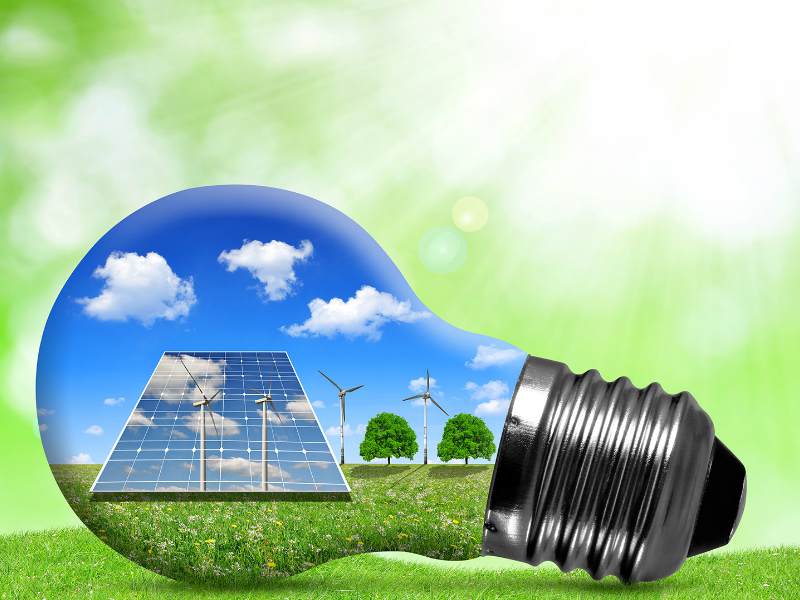
The sun doesn’t always shine, and the wind doesn’t always blow. This intermittency is the Achilles’ heel of renewables. Therefore, the race for sustainable energy is inextricably linked to the race for better energy storage. A new generation of technologies is emerging to store vast amounts of energy, ensuring a reliable grid powered by clean sources.
A. The Battery Revolution Beyond Lithium-Ion Lithium-ion batteries power everything from our phones to our electric vehicles and are a key part of grid storage today. However, concerns about the cost and geopolitical sourcing of lithium and cobalt have spurred a frantic search for alternatives.
- Solid-State Batteries: These batteries replace the liquid electrolyte in lithium-ion batteries with a solid material. This makes them more energy-dense (more power in less space), longer-lasting, and virtually eliminates the risk of fire, a key safety concern.
- Sodium-Ion Batteries: Using sodium, which is thousands of times more abundant and cheaper than lithium, these batteries are a highly promising alternative for stationary grid storage where energy density is less critical than cost and durability.
- Flow Batteries: Unlike conventional batteries, flow batteries store energy in external tanks of liquid electrolyte. To increase capacity, you simply make the tanks bigger. This makes them highly scalable and ideal for storing many hours’ worth of energy for the grid, providing a long-duration solution that lithium-ion struggles to offer cost-effectively.
B. Harnessing Gravity and Physics Not all storage is chemical. Engineers are devising ingenious mechanical systems to store potential energy on a massive scale.
- Gravitational Storage: The concept is simple: use excess renewable energy to lift a heavy mass, and then release it to drive a generator when power is needed. Companies like Gravitricity are developing systems that lift and drop multi-ton weights in decommissioned mine shafts.
- Compressed-Air Energy Storage (CAES): This method uses surplus electricity to pump air at high pressure into underground caverns or tanks. When electricity is needed, the compressed air is released, heated, and expanded through a turbine to generate power.
C. The Promise of the Green Hydrogen Economy Perhaps the most versatile and promising energy storage medium is green hydrogen. This is hydrogen gas produced through electrolysis—splitting water into hydrogen and oxygen—using electricity generated from renewable sources. Green hydrogen acts as a multi-purpose energy carrier:
- Long-Duration Storage: It can be stored in vast quantities for weeks or even months and converted back to electricity when needed, solving the seasonal intermittency problem.
- Clean Fuel: It can be burned in power plants or used in fuel cells to power heavy transport like trucks, ships, and potentially even aircraft.
- Industrial Decarbonization: It can replace fossil fuels in high-heat industrial processes like steel and cement manufacturing, which are notoriously difficult to electrify.
Frontier Technologies: Earth’s Heat and Artificial Stars
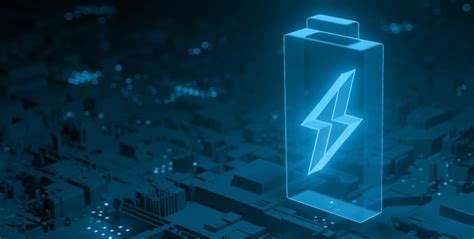
Beyond the mainstream renewables, scientists are pushing the boundaries of physics to unlock two potential game-changers: geothermal energy accessible anywhere and the clean, limitless power of nuclear fusion.
A. Next-Generation Geothermal: Drilling for Baseload Power Traditional geothermal power has been limited to tectonically active regions where hot water or steam is naturally close to the surface. Enhanced Geothermal Systems (EGS) aim to make geothermal power a global resource. The process involves drilling deep into hot, dry rock (3-10 kilometers down), creating a network of fractures, and then pumping water down one well, which heats up as it circulates through the rock before being brought to the surface as steam through another well to drive a turbine. EGS could provide 24/7, carbon-free baseload power, acting as a direct replacement for coal or natural gas plants, and recent successful demonstrations are bringing this technology closer to commercial reality.
B. Nuclear Fusion: The Dream of Limitless Energy Nuclear fusion, the process that powers the sun, is the holy grail of energy production. It involves fusing two light atomic nuclei (like hydrogen isotopes) into a single heavier nucleus, releasing a colossal amount of energy. Unlike nuclear fission (the technology in today’s nuclear plants), fusion produces no long-lived radioactive waste and carries no risk of meltdown. For decades, the challenge has been achieving “ignition”—getting more energy out of the reaction than is put in to start it. In a landmark achievement, scientists at the National Ignition Facility in the US recently did just that. While commercial fusion power plants are still likely decades away, this proof of concept has ignited a surge of private investment and accelerated research into reactor designs like tokamaks and stellarators, bringing the dream of clean, safe, virtually limitless energy one giant leap closer to reality.
A New Era of Energy is Here
The sustainable energy transition is no longer a distant aspiration; it is a dynamic, fast-moving reality fueled by tangible technological breakthroughs. From the atomic precision of perovskite crystals to the planetary ambition of harnessing the sun’s power in space, human ingenuity is rising to meet the defining challenge of our time. The innovations in solar, wind, storage, hydrogen, and frontier technologies are not just replacing old energy sources—they are building the foundation for a more resilient, equitable, and stable world. The journey is complex and the challenges remain significant, but the trajectory is clear. We are the first generation to possess the tools to power our entire civilization cleanly and sustainably, ushering in a new era of energy that promises a brighter future for all.
